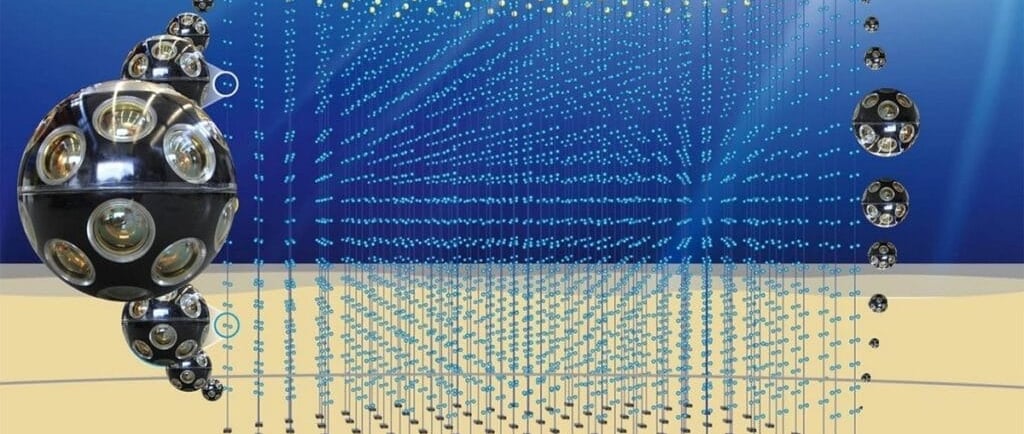KM3NeT: The Future of Neutrino Astronomy


Introduction to KM3NeT
The KM3NeT (Cubic Kilometre Neutrino Telescope) presents a groundbreaking advancement in the field of neutrino astronomy. Situated in the Mediterranean Sea, this next-generation telescope utilizes vast detector volumes that extend to megatons, surrounding itself with several cubic kilometers of clear seawater. Its primary purpose is to investigate the nature of elusive neutrino particles originating from cosmic phenomena such as supernovae, gamma-ray bursts, and colliding stars.
The Physics Behind Neutrinos
Neutrinos are extremely light, neutral subatomic particles that interact only via the weak nuclear force. Their elusive nature renders them difficult to detect; hence, the design of KM3NeT is innovative in its approach to capturing these fleeting particles. By employing an extensive array of thousands of optical sensors, KM3NeT is capable of detecting faint light emitted by charged particles that result from neutrino interactions with seawater. This advanced detection method allows researchers to capture valuable data, contributing significantly to our understanding of the universe.
A Peek into KM3NeT's Design and Operation
The KM3NeT telescope operates in an environment that is both challenging and rewarding. The array of optical sensors is meticulously positioned on the seafloor, extending thousands of meters deep into the Mediterranean depths. This strategic placement enables KM3NeT to survey a vast volume of water, providing an unparalleled scale for neutrino detection. The sensors not only amplify the faint light signatures from neutrino interactions but also ensure high efficiency in data collection, which is crucial for analyzing cosmic events.
As the first of its kind, KM3NeT sets the stage for future discoveries in astronomy. Its capacity to detect neutrinos leads to potential breakthroughs in our understanding of cosmic particles and their sources. From studying supernovae that signal stellar deaths to observing gamma-ray bursts which indicate highly energetic events beyond standard cosmic activity, KM3NeT opens pathways to enigmatic cosmic phenomena.
In summary, KM3NeT stands as a testament to human ingenuity and the relentless pursuit of knowledge. With its unique capabilities, it is poised to unravel the mysteries of neutrinos and deepen our comprehension of the universe's workings. The future of neutrino astronomy, equipped with the powerful KM3NeT, promises to be a transformative era for scientific discovery.
